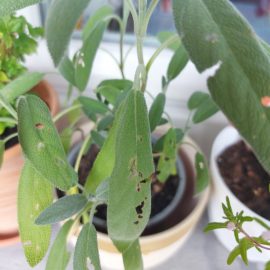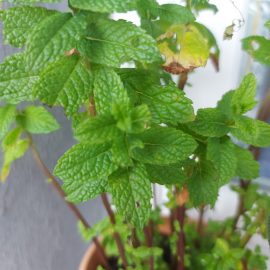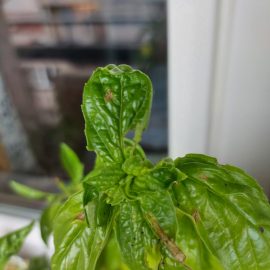The large white (Pieris brassicae) – pest management
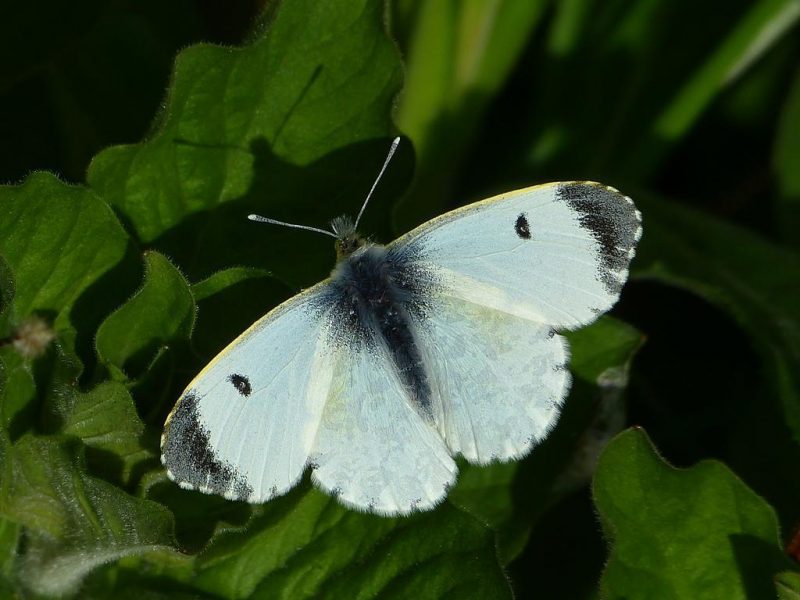
The large white, Pieris brassicae, is a widespread species in Asia, North Africa, and Europe.
Description
The adult has a black body and white wings with a floury appearance and black ribs and spots. The antennae are long and gray. In the case of females, the forewings have 2 round black spots in the middle and one at the top and at the base. The hind wings have one black spot on the topside. In the case of males, the forewings have a black, apical spot and one on the fore edge of the hindwings. The wingspan is 40-65 mm. The female is usually larger than the male. The larva has a greenish pubescent body with black-brown spots. Dorsally, it has 3 longitudinal yellow stripes, of which the median one is thin, and the two lateral ones, wide. The body length is on average 40-50 mm long. The egg is yellow, conical in shape, with longitudinal stripes.
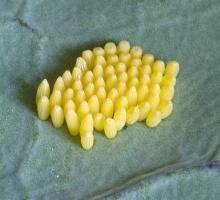
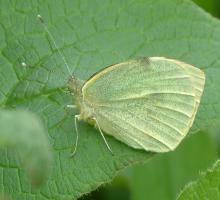
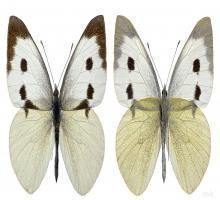
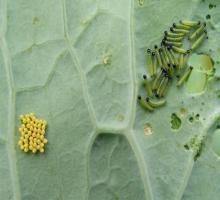
Biology
It produces 3 generations per year, it overwinters as a pupa on the branches of trees, on the trunks of trees, under the eaves of houses, etc. Adults appear during May and feed on the flower nectar. After mating, the female lays eggs on the underside of cruciferous plants’ leaves. The eggs are laid in groups of 50-100, usually on the underside of cabbage leaves, cauliflower, kale, etc.
A female lays up to 300 eggs. The incubation period lasts 7-14 days after which the larvae hatch. They have a herd instinct and in the first days, they feed on the egg chorion, after which they become solitary and spread throughout the crop. The larval development lasts 25-30 days after which the larvae attach to the underside of the leaves with a silk thread and turn into pupae. The pupa stage lasts 10-15 days. In July, the adults of the first generation appear and complete their development. New adults appear in July and the evolutionary cycle resumes.
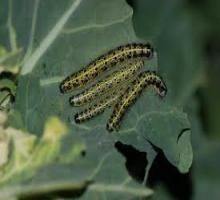
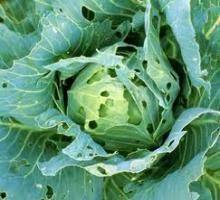
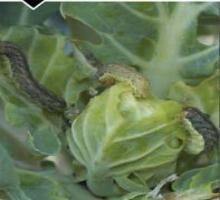
Attacked plants and damages. The larvae of the large white attack cabbage, cauliflower, kohlrabi, radish crops, and other cultivated and spontaneous cruciferous plants. In the early stages, they feed in groups and gnaw the epidermis and the parenchyma of the leaves, and later they become solitary, devouring the leaves, leaving only the ribs intact.
Control. Good results are obtained by performing chemical treatments, using specific insecticides.
Recommended products
-
You can find products on a different store
Change Store -
You can find products on a different store
Change Store -
You can find products on a different store
Change Store -
You can find products on a different store
Change Store -
You can find products on a different store
Change Store -
You can find products on a different store
Change Store -
You can find products on a different store
Change Store -
You can find products on a different store
Change Store -
You can find products on a different store
Change Store -
You can find products on a different store
Change Store -
You can find products on a different store
Change Store -
You can find products on a different store
Change Store -
You can find products on a different store
Change Store -
You can find products on a different store
Change Store -
You can find products on a different store
Change Store -
You can find products on a different store
Change Store -
You can find products on a different store
Change Store -
You can find products on a different store
Change Store -
You can find products on a different store
Change Store -
You can find products on a different store
Change Store -
You can find products on a different store
Change Store -
You can find products on a different store
Change Store -
You can find products on a different store
Change Store -
You can find products on a different store
Change Store















































































































































































































































































































































































































































